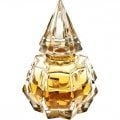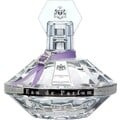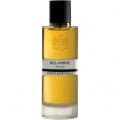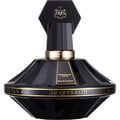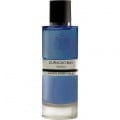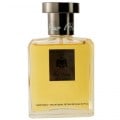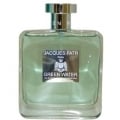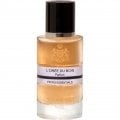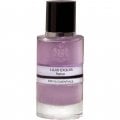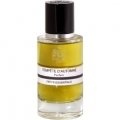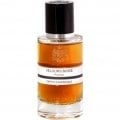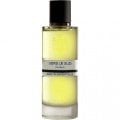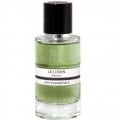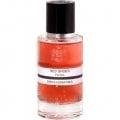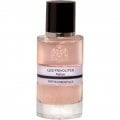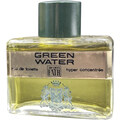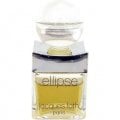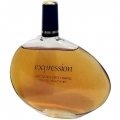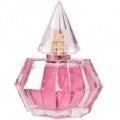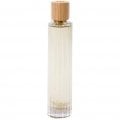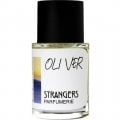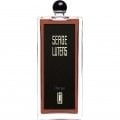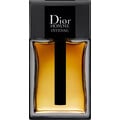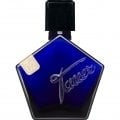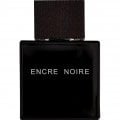12/22/2018

Yatagan
80 Reviews
Translated
Show original

Yatagan
Top Review
60
Aura borealis: a scent thriller
I own or owned all variants of Green Water. From the version from 1947 there was presumably once a Mini in my collection (auctioned in the net, but long tilted), which had at least the same shape as the bottle shown there. Whether the scent smelled like this or was already a new formulation, I cannot judge of course. The version without year in the stele-like Seventies bottle is still in my closet, as is the 1993 version, which I always especially appreciated.
Now, in 2016, a new formulation appeared in Jacques Fath's mixed Essentials series, which is intended to take up the original original from 1947. In fact, Fath, as described in great detail in Luca Turin's new guide, has spared no expense or effort in recreating the original formula. Vincent Roubert (among others Knize Ten and Fath Iris Gris), who composed the fragrance, gave the original formula to Jean Kerléo, at times Patou's nose (1000, Eau de Patou, Joy, Patou pour Homme - and thus creator of some of the best fragrances of all time) and founder of the famous Osmothèque, the fragrance museum in which all the famous fragrances are kept with their original recipes. However, since Kerléo apparently did not want to disclose the composition himself to the original Fath brand, for Cécile Zarokian (active for the Jourquin, Bijon, Amouage, Jovoy and many others brands), entrusted with the re-composition of the original fragrance, the only option left was to trace the original composition on the spot in the Osmothèque through repeated tests. Sounds like a scent thriller, and it is. Because only scent impressions on scent strips are permitted in the rooms of the Osmothèque, bottlings may not be removed.
If one believes the description, it was finally possible to come as close as possible to the original formula from 1947, even using comparatively expensive ingredients, which may explain the quite ambitious price for this rather simple, fresh fragrance.
Despite some differences between all versions I know, Green Water has always kept its character anyway: Citrus (various Hesperidien) and mint in a balanced ratio, many herbaceous and spicy accents, a base of vetiver and moss, but these very discreetly and clearly withdrawn.
That brings us to a fragrance that can really only be described in a limited way, because the above sounds all too simple, as if all this had already been smelled umpteen times. The fact that this is not the case can in principle be fathomed in a test. By the way, I still prefer the 1993 version, which I also prefer to the previous versions. The advantage of this is that these older ones are particularly inexpensive as residual items in the depths of the net. The purchase of the new version discussed here is not necessarily worth the price, unless you are - like me - a real friend of this characteristic composition and want it for the sake of completeness.
A final word on the heading. My early comment (03.10.2012) on the version of 1947 I have overwritten with "Green Glow". The association with the aurora borealis is obvious and sums up what is evident: some are fascinated by the green glow, others are not
Now, in 2016, a new formulation appeared in Jacques Fath's mixed Essentials series, which is intended to take up the original original from 1947. In fact, Fath, as described in great detail in Luca Turin's new guide, has spared no expense or effort in recreating the original formula. Vincent Roubert (among others Knize Ten and Fath Iris Gris), who composed the fragrance, gave the original formula to Jean Kerléo, at times Patou's nose (1000, Eau de Patou, Joy, Patou pour Homme - and thus creator of some of the best fragrances of all time) and founder of the famous Osmothèque, the fragrance museum in which all the famous fragrances are kept with their original recipes. However, since Kerléo apparently did not want to disclose the composition himself to the original Fath brand, for Cécile Zarokian (active for the Jourquin, Bijon, Amouage, Jovoy and many others brands), entrusted with the re-composition of the original fragrance, the only option left was to trace the original composition on the spot in the Osmothèque through repeated tests. Sounds like a scent thriller, and it is. Because only scent impressions on scent strips are permitted in the rooms of the Osmothèque, bottlings may not be removed.
If one believes the description, it was finally possible to come as close as possible to the original formula from 1947, even using comparatively expensive ingredients, which may explain the quite ambitious price for this rather simple, fresh fragrance.
Despite some differences between all versions I know, Green Water has always kept its character anyway: Citrus (various Hesperidien) and mint in a balanced ratio, many herbaceous and spicy accents, a base of vetiver and moss, but these very discreetly and clearly withdrawn.
That brings us to a fragrance that can really only be described in a limited way, because the above sounds all too simple, as if all this had already been smelled umpteen times. The fact that this is not the case can in principle be fathomed in a test. By the way, I still prefer the 1993 version, which I also prefer to the previous versions. The advantage of this is that these older ones are particularly inexpensive as residual items in the depths of the net. The purchase of the new version discussed here is not necessarily worth the price, unless you are - like me - a real friend of this characteristic composition and want it for the sake of completeness.
A final word on the heading. My early comment (03.10.2012) on the version of 1947 I have overwritten with "Green Glow". The association with the aurora borealis is obvious and sums up what is evident: some are fascinated by the green glow, others are not
30 Comments

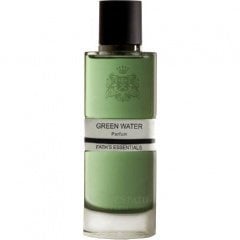



 Top Notes
Top Notes 




 Heart Notes
Heart Notes 




 Base Notes
Base Notes 



 RainGarden
RainGarden RisingChaos
RisingChaos Malibo
Malibo KingPin
KingPin